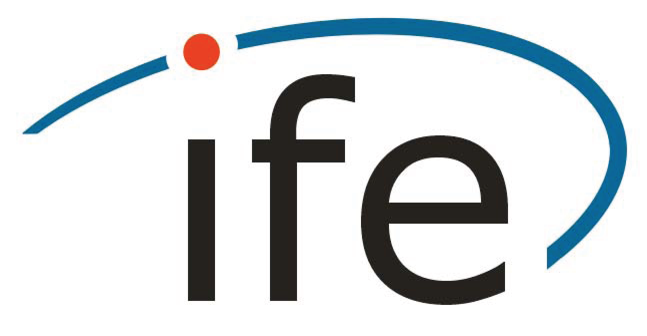Investigation of optical accelerometry and novel satellite formations for future gravimetry missions
- authored by
- Alexey Kupriyanov
- supervised by
- Jürgen Müller
- Abstract
Satellite gravimetry provides essential insight into Earth’s mass change phenomena and is used in a wide range of applications. However, users and the scientific community need gravimetry data with improved spatio-temporal resolution. Therefore, new instruments and measurement concepts are investigated in this thesis.
Accelerometers (ACCs) are one of the key sensors in spaceborne gravimetry. Depending on the measurement principle, they can sense either the non-gravitational forces or gravity gradients. So far only electrostatic ACCs with increasing noise in the low-frequency domain were utilized in satellite gravimetry missions, restricting their performance. On the other hand, the LISA-Pathfinder mission demonstrated promising results by utilizing a Gravitational Reference Sensor (GRS) – an optical ACC. The test mass displacement in the LISA Pathfinder GRS is measured by laser interferometry instead of capacitive sensing as in electrostatic sensor.
This study investigates how the gravity field measurements from space can be improved when applying advanced sensors and observation concepts. This dissertation focuses on multiple aspects: 1) Performance evaluation of a modeled wireless Simplified-GRS (SGRS) – an optical ACC, with the parameters based on the LISAPathfinder GRS, in spaceborne gravimetry at Low Earth Orbits. 2) Recovering of gravity field models, obtained from different sensors, e.g., Cold Atom Interferometry (CAI), electrostatic, hybrid in low-low Satellite-to-Satellite Tracking (ll-SST) and cross-track gradiometry and comparison w.r.t. each other. 3) Evaluation of different satellite formations that may be applied in subsequent missions. For these purposes, closed-loop simulation procedures were developed and applied in various studies, considering detailed orbital simulations, inertial sensor modeling and Gravity Field Recovery (GFR).
The noise budget of the modeled SGRS optical ACC, including various error sources, achieves ∼3×10^(−12) (m/s^2)/√Hz level of accuracy at 1mHz. GFR simulations show that a combination of this modeled SGRS with the level of accuracy of the intersatellite Laser Ranging Instrument anticipated for 2033, outperforms other instrument configurations, reduces the spatial residuals down to ±5 mm Equivalent Water Height (EWH) and shows a significant reduction of the North-South striping artifacts. Novel triple satellite formations demonstrate reducing of the residuals down to ±2.5 mm EWH. However, these formations present challenges, such as high relative range rates between the satellites in cross-track direction, which requires advancements in current Laser Ranging Interferometer (LRI) systems.
Also, other types of simulations, e.g. cross-track gradiometry, satellites with modified shapes, double-pair Bender constellation, etc. are evaluated in terms of GFR. Technical aspects, such as high-pass filtering for minimizing the impact of the low-frequency components in the modeled SGRS sensor is being discussed. Furthermore, the effect of the common mode gain uncertainty in the gradiometry use case and the scale factor for residual drag in ll-SST configuration are also investigated.- Organisation(s)
-
Institute of Geodesy
- Type
- Doctoral thesis
- No. of pages
- 186
- Publication date
- 2025
- Publication status
- Published
- Electronic version(s)
-
https://doi.org/10.15488/19007 (Access:
Unknown)
-
Details in the research portal "Research@Leibniz University"




